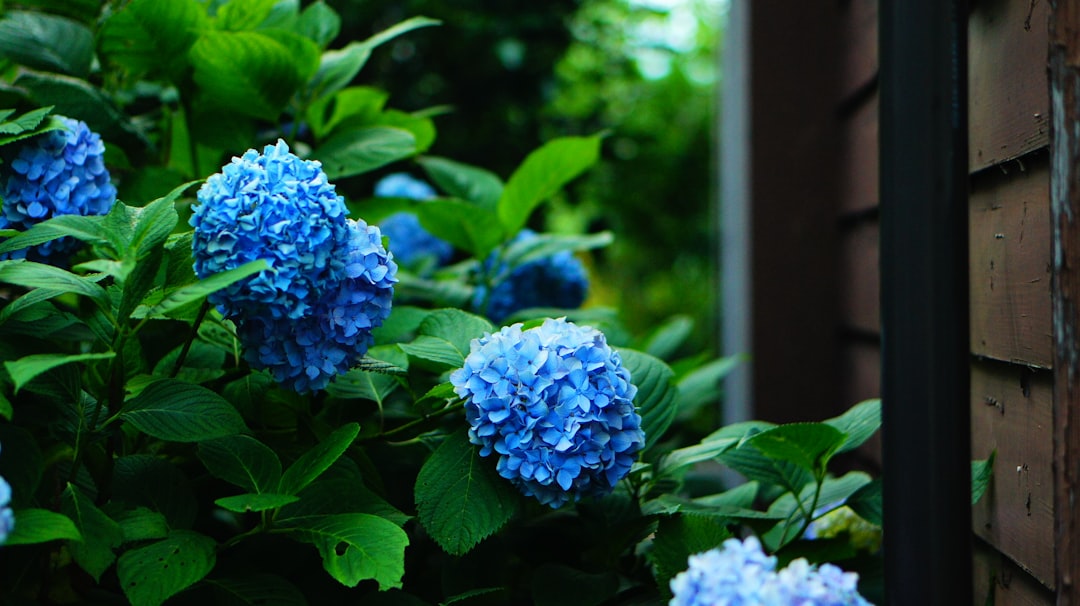The Hidden Dangers of Popular Groundcover Plants

When it comes to gardening, perennials are often a go - to choice for many enthusiasts. They come back year after year, adding beauty and color to our gardens. Among them, groundcover plants are especially popular as they can quickly fill in empty spaces, suppress weeds, and provide a lush carpet - like appearance. However, not all popular groundcover plants are as beneficial as they seem. In fact, some of these seemingly innocent plants can turn into a gardener's nightmare.
One of the major issues with certain groundcover perennials is their aggressive spreading nature. These plants have a remarkable ability to spread out of control at an alarming rate. They don't just stay within the boundaries you've set for them in the garden; instead, they invade neighboring areas, both within your garden and sometimes even beyond. For example, some species may send out long runners or underground rhizomes that can quickly establish new plants far from the original parent plant. This rapid spread can choke out other desirable plants in your garden, competing with them for essential resources such as sunlight, water, and nutrients.
Take, for instance, the European periwinkle (Vinca minor). It is a well - known groundcover plant that is often used for its attractive evergreen foliage and pretty blue - purple flowers. However, once it gets established, it spreads like wildfire. Its roots are so tenacious that they can penetrate deep into the soil, making it extremely difficult to remove. If you try to pull it out by hand, you'll often find that pieces of the root system break off and remain in the soil, only to regrow into new plants. This makes it a constant battle for gardeners to keep it in check.
Another problem with these invasive groundcover plants is their resistance to eradication methods. Traditional methods like mowing or cutting them back may not be effective. In fact, some plants can actually thrive after being cut, using the energy stored in their roots to send up new growth even more vigorously. Chemical herbicides can be an option, but they come with their own set of problems. Firstly, they may not be selective enough and can harm other plants in your garden. Secondly, these invasive plants may develop a resistance to herbicides over time, rendering them ineffective. For example, Japanese knotweed, although not strictly a groundcover but a plant that can form dense ground - covering thickets, is notoriously difficult to kill. It has a large and deep - seated root system that can regenerate from even the smallest piece of root left in the soil. Herbicides often need to be applied repeatedly over a long period, and even then, complete eradication is not guaranteed.
The ecological impact of these invasive groundcover plants should also not be overlooked. When they spread beyond the garden, they can invade natural habitats. They can outcompete native plants, which are often better adapted to support local wildlife. Native insects, birds, and other animals rely on native plants for food and shelter. When invasive groundcover plants take over, the biodiversity of an area can be severely affected. For example, some invasive plants may not provide the right type of nectar for native pollinators, leading to a decline in their populations. This disruption in the ecosystem can have a cascading effect on the entire food chain.
So, what can gardeners do to avoid these problems? Firstly, it's important to do thorough research before choosing groundcover plants for your garden. Look for native or non - invasive alternatives. There are many beautiful and well - behaved groundcover perennials available. For example, creeping thyme is a great option. It has a lovely fragrance, produces pretty flowers, and spreads moderately, making it easy to manage. Wild ginger is another native groundcover that can add an interesting texture to your garden without being invasive.
Secondly, if you already have these invasive groundcover plants in your garden, it's crucial to take action as soon as possible. Start by physically removing as much of the plant as you can, being careful to get as much of the root system as possible. You can then cover the area with a thick layer of mulch to suppress regrowth. If necessary, consult with a professional gardener or an extension service for advice on the best eradication methods for your specific situation.
In conclusion, while groundcover perennials can be a great addition to a garden, it's essential to be aware of the potential problems associated with some popular species. By making informed choices and taking proactive steps, gardeners can enjoy a beautiful and healthy garden without having to deal with the headaches of invasive plants.